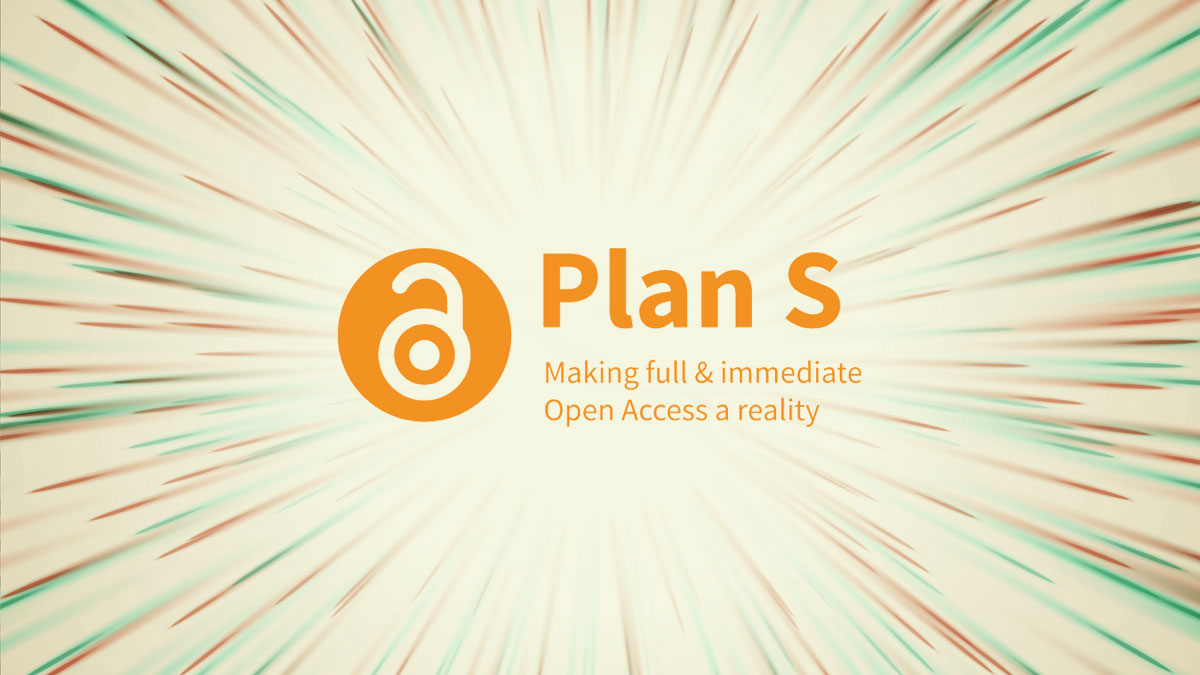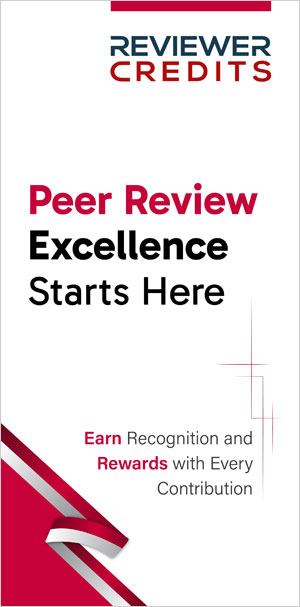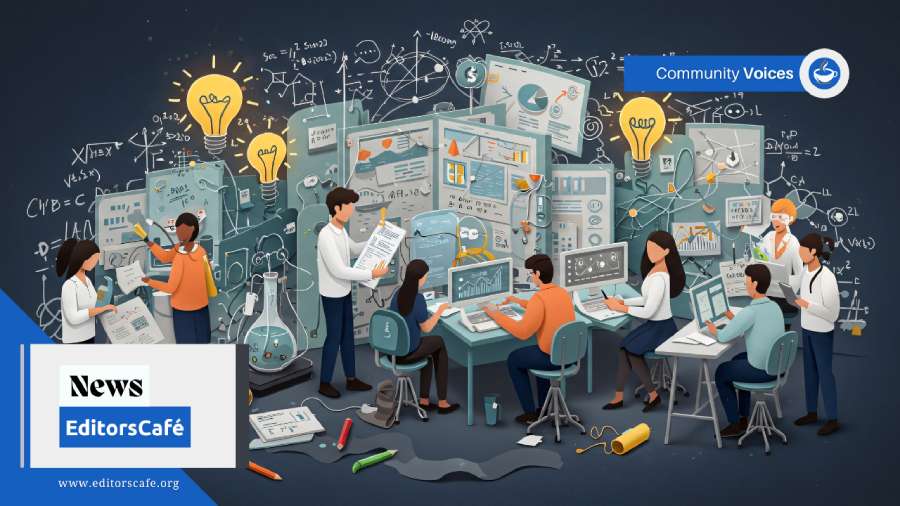Plan S and the Future of Open Access: What Researchers Need to Know

The way researchers share their findings is evolving—and fast. At the heart of this shift is Plan S, a bold initiative that’s changing the rules of academic publishing with one central principle: if research is publicly funded, it should be publicly accessible.
But what exactly does Plan S mean for researchers? How does it affect your publishing choices, funding opportunities, and visibility in the academic world? And what should you watch out for as open access mandates expand?
What Is Plan S?
Plan S is a policy launched by cOAlition S, a group of national research funders and charitable organizations supported by the European Commission and the European Research Council (ERC). Since its formal implementation began in 2021, it has pushed for immediate open access to all scholarly publications funded by participating organizations.
This means that if your research is supported by a Plan S-aligned funder, you are expected to publish in platforms that allow full and free access, no embargo periods, no hidden paywalls.
But Plan S isn’t just about access. It’s about transparency, equity, and reshaping the publishing model to make knowledge freely available to all, not just to those who can afford expensive journal subscriptions.
What This Means for Researchers
If you're funded by a cOAlition S member, your options for publication may be more limited, but also more impactful. Here’s what you need to consider:
Opportunities
- Greater Visibility
Publishing open access makes your work more discoverable and citable. Numerous studies have shown that open-access articles receive more reads and citations compared to those behind paywalls. For example, a 2023 study found OA articles are up to 50% more likely to be cited. - Alignment with Global Trends
Even outside Europe, funders like the NIH and Wellcome Trust have adopted open access mandates. Publishing openly puts you ahead of the curve. - Support Through Transformative Agreements
Many institutions have negotiated Transformative Agreements with publishers to cover Article Processing Charges (APCs), making Plan S compliance more accessible.
Challenges
- Choosing the Right Journal
Not all journals comply with Plan S. Hybrid journals (those that offer both paywalled and open-access options) are only allowed under strict conditions. You can check journal compliance using the Journal Checker Tool. - Funding for APCs
While some funders cover APCs, others do not—and the costs can be steep. As of 2024, some high-impact journals like Nature charge over $10,000 USD per article. - Preprint Restrictions
Plan S supports the use of preprints but still requires that the final peer-reviewed version be openly accessible in a compliant journal or repository. A helpful guide is available on the Plan S repository policies.
How to Stay Compliant
To make sure your next paper aligns with Plan S, here are a few practical steps:
- Use the Journal Checker Tool
This tool lets you check if a journal is Plan S-compliant based on your funder and institution. - Choose a Route That Works for You
Plan S supports three routes: - Publish in a fully open-access journal
- Publish in a subscription journal and deposit the accepted version in a compliant repository
- Publish through a transformative agreement
- Plan for APCs Early
Include publication costs in your grant proposals when possible. If you’re not sure about funding coverage, talk to your library or research office. - Stay Informed
Policies evolve. Many journals are actively working toward compliance, and new tools are emerging to help researchers navigate publishing mandates. Keep up to date via the Plan S News & Updates.
Not Just Europe Anymore
Plan S began as a European initiative, but its impact is global. Many funders outside Europe now align with its principles, and publishers are restructuring their business models to meet open access demands.
Even regions not formally under Plan S are experiencing its ripple effects. For example:
- Africa has seen the rise of regional initiatives like the ALMASI Project, which supports community-owned open-access platforms.
- Latin America continues to lead with equitable, no-fee publishing models such as SciELO and RedALyC.
- Asia, particularly China and India, is expanding domestic open access efforts while navigating global compliance and visibility challenges. A useful overview can be found here.
Final Thoughts
Plan S represents more than a publishing mandate. It’s a reimagining of who gets to access and benefit from scientific knowledge. For researchers, this moment comes with both complexity and opportunity.
Navigating Plan S can feel overwhelming, especially with the shifting landscape of funder requirements, journal policies, and publication fees. But at its core, the idea is simple: knowledge should be shared, not siloed.
The more informed you are, the better you can make decisions that support both your research goals and the broader mission of equitable science.
Are you currently navigating Plan S requirements in your work? We will love to hear your experience.
Keywords
Plan S cOAlition S open access publishing funder mandates scholarly communication journal compliance research visibility APCs transformative agreements academic publishing reform open science policy research disseminationDisclaimer
The views and opinions expressed in this article are those of the author(s) and do not necessarily reflect the official policy or position of their affiliated institutions, the Asian Council of Science Editors (ACSE), or the Editor’s Café editorial team.



